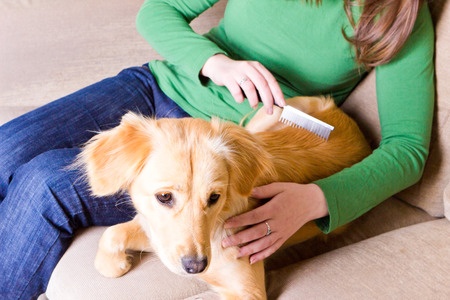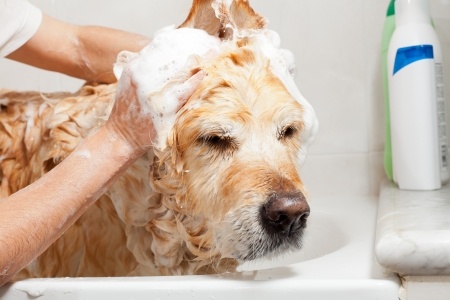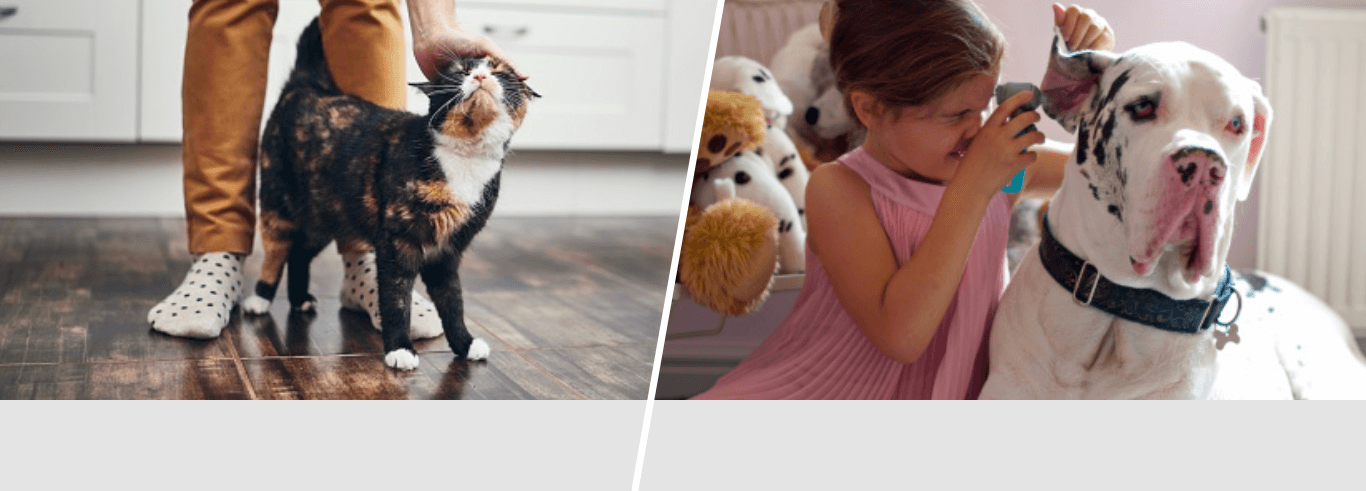Dog grooming: How to care for your dog’s winter coat
Dog grooming can be a bit of an art form but, luckily, with a bit of practice it can be easy to master. Looking after your dog’s coat is important at any time of year, but it’s vital during the autumn and winter months.
Should you keep your dog’s hair long in the winter?
Your dog’s fur helps to keep them warm during the winter, but as the weather gets wetter and the ground gets muddier, your dog is more likely to collect dirt and debris, meaning their fur will knot – particularly if it’s too long. Grooming throughout the autumn and winter can pay dividends when your pet’s new coat comes through, but how frequently they should be groomed in winter depends on the type of breed they are.
We have put together some general pointers to keep you on the right track.
Make sure you have plenty of room
Dog grooming can be a messy job, particularly if your pet is malting, so designate an area of your home to do the grooming in. Create yourself a ‘doggy salon’ if you like. Utility rooms or garages are a good idea – places that are easy to clean and don’t have too many soft surfaces. Once you have a dedicated space, you can work on building grooming into your routine in the best way that suits you – such as after a morning walk or before bed.
How often should you brush your dog’s hair?
The longer the coat, the more often it will need brushing, but as a guideline, we’d recommend aiming for once a day during winter. If you brush often, then the job will become easier. If your dog is not the type who likes to have his or her coat brushed, you should persevere – they will soon get used to it.
Grooming is a good time to check for any health problems, so keep an eye out for and seek advice from a vet if required. You can It is also a chance to watch out for ticks – and take action if your dog has any, see our guide on How to Remove a Tick from a Dog.
Types of dog brushes
It’s important to pick the right brush for your dog. For short coats, rubber brushes with short bristles are best suited as they don’t go too deep into the coat or irritate the skin. For longer coats, slicker brushes and deshedding brushes are good as they gently remove knots, then a bristle brush can remove the loose fur.
How often should you bath your dog?
How often you bath your dog will depend on where they’ve been and what they’ve been up to. Try not to bath too often – every one to three weeks should suffice. Make sure you use a dog shampoo that is best suited to your dog as they have very different skin to humans.
Now you know how to keep your dog’s coat in tip-top condition throughout the winter, remember to keep yourself protected from unexpected vet bills with Argos Pet Insurance provided by Pinnacle Insurance Ltd. Explore our dog insurance policies today.
 Sorry, our lines are now closed
Sorry, our lines are now closed





